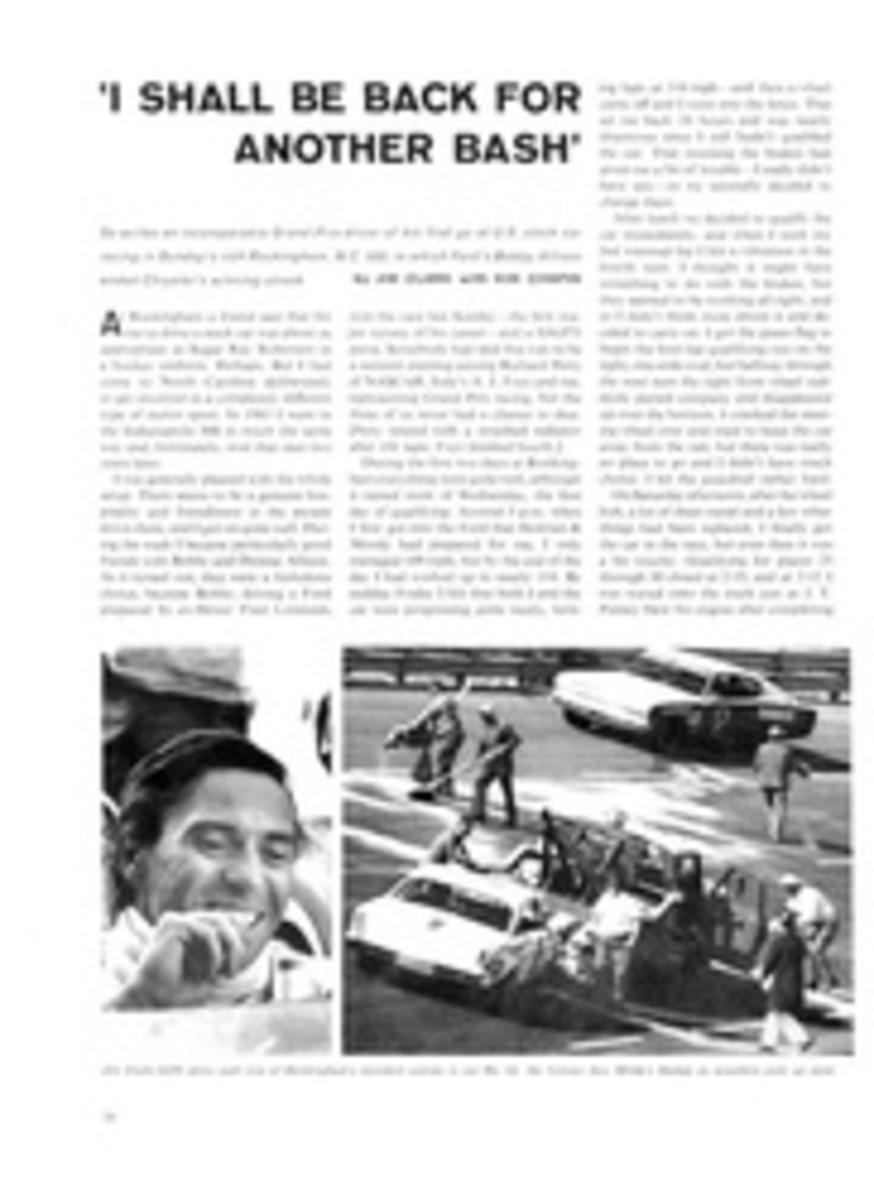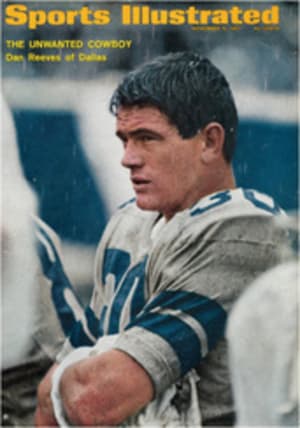
Saving ocelots in South America was not quite like rescuing cats in Boston
Few who saw it are likely to forget a picture published in LIFE magazine some years ago of a howler monkey clinging in terror to the end of a half-submerged log in a South American forest almost totally inundated by flood waters. The monkey was one of thousands of wild animals seemingly sentenced to death until the rescue effort known as Operation Gwamba saved them. In a new book titled Time Is Short and the Water Rises by John Walsh with Robert Gannon (E. P. Dutton, $6.95), the full story of that fascinating exercise in humanitarianism is told.
Operation Gwamba (meaning animal) began in March 1964 when a letter from Surinam—formerly Dutch Guiana—arrived in the Boston offices of ISPA (the International Society for the Protection of Animals) telling of the plight of thousands of forest creatures trapped by the spreading artificial lake behind the newly created Afobaka Dam.
To Surinam, ISPA sent John Walsh, a young man trained in rescue techniques by the Massachusetts SPCA. Walsh soon found that getting a wild ocelot down from a 30-foot tree in the jungle was somewhat different from rescuing a kitten from a tree in Boston. But he had some experience in rescuing wild domestic animals—an Angus bull that had taken to the woods, a mountain goat that broke out of the Boston zoo, and reindeer that had escaped from a Christmas nativity scene. So to Surinam he sent such equipment as tranquilizer guns and Ketch-alls, five-foot aluminum tubes with a handle on one end and a rubber-coated loop on the other.
With their rather modest inventory Walsh and an associate named Bob Smith, who was to be in charge of fund raising, set off for their adventure in the rain forest. It was an adventure that would occupy them for the next 18 months. To help in the expedition Walsh needed human hands, and the best help he could get were the local Bush Negroes (descendants of rebellious slaves who had escaped to the jungle and made their homes there).
Survival in the jungle was often a matter of good timing, stubborn endurance and pure luck. Walsh gratefully traded Yankee ingenuity for Bush Negro jungle cunning. Each crisis was met as it arose, by Bush Negro and white man working side by side, whether it involved the problem of getting a scrappy peccary pig into a boat or taking a native cure for jungle fever. Torrential rains disrupted the rescue work and broke the men's spirits.
The work always went on, in spite of rain, insects or sickness.
The animals saved numbered in excess of 10,000. The one most familiar to the Western world, perhaps, was the red brocket deer, an animal that had to be beaten out of the bushes into the water. It was in rescuing deer that Walsh's operation came to the attention of the public, for Walsh found that ordinary rope used to tie the deers' hooves cut into their flesh. An appeal was cabled to Boston newspapers, and soon little ladies from all over the world were packing up their nylon stockings, mailing them to Surinam to help the deer. "When an animal is dying of hunger or drowning, or being eaten alive by piranha, it doesn't care whether it is beautiful or repellent. And neither do we," said Bob Smith. "We just want to save it."

